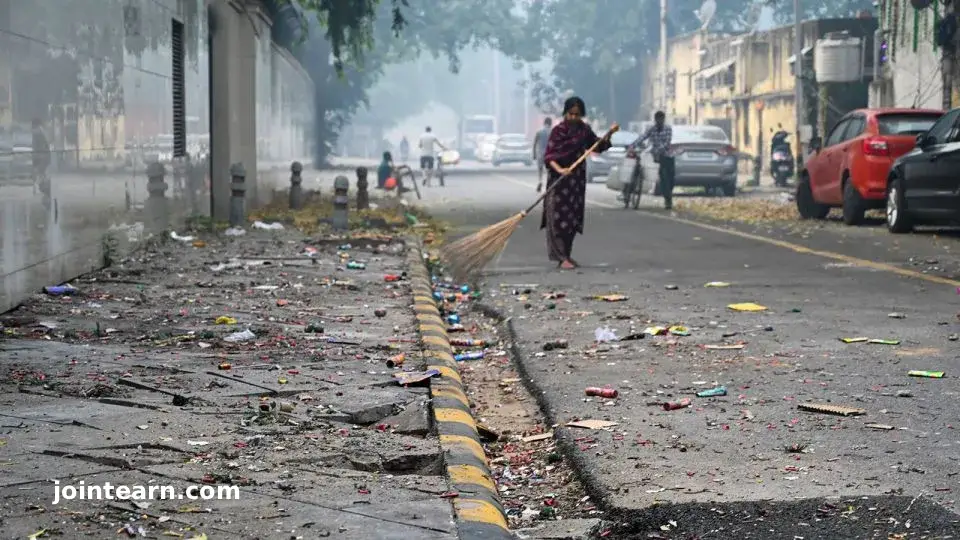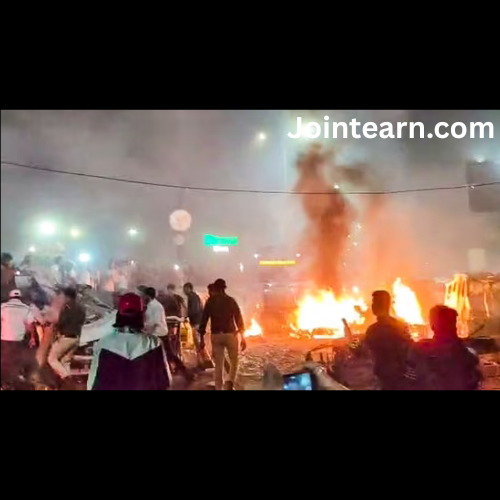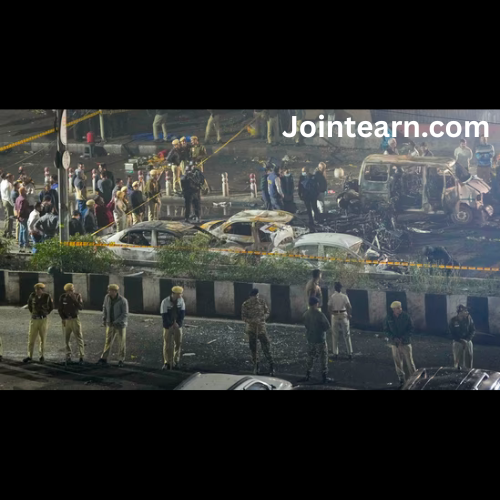
Nearly 20 million residents of India’s capital woke up Wednesday breathing the world’s most polluted air, a day after the Diwali festival of lights. The spike in pollution comes as fireworks and firecrackers, central to the celebrations, release harmful gases and particulate matter into the atmosphere.
Record-Breaking Air Pollution
Air quality monitoring by IQAir, a Swiss-based company, recorded PM 2.5 levels in New Delhi at more than 40 times the World Health Organization’s recommended annual limit. PM 2.5 is a measure of tiny particulate pollutants that can penetrate deep into the lungs, causing respiratory and cardiovascular problems.
While New Delhi struggles with severe pollution year-round, winter months are typically the worst due to crop burning by farmers in surrounding states. Diwali celebrations exacerbated the already toxic conditions, as firecrackers release sulfur oxides, nitrogen oxides, and heavy metals into the air.
Diwali Firecrackers and the Green Crackers Controversy
The Indian Supreme Court permitted the use of “green” firecrackers this year, which are marketed as less polluting, but residents reported widespread violations. Many burst non-green crackers past the designated time, contributing significantly to air pollution.
Local resident Anushka Singh, a 30-year-old graphic designer, described the health effects, saying, “My throat becomes scratchy, and my eyes burn as soon as I step outside.” She added that, despite decades of data on pollution levels, stricter enforcement is still lacking.
Another resident, Chandra Tandon, noted that while bursting crackers is “part of the fun,” it leaves citizens struggling to breathe the day after Diwali. “Adults at least should do their part,” she said, highlighting public frustration over recurring pollution spikes.
Long-Term Pollution Crisis
Despite being the nation’s political and economic center, New Delhi has struggled to combat air pollution effectively. Measures such as water sprinkling on roads, odd-even vehicle restrictions, and smog towers installed in 2018 at a cost of 200 million rupees ($2.4 million) have had limited impact.
Experts suggest that enforcement gaps, urban expansion, and India’s energy demands for a population of 1.4 billion have hindered long-term progress.
Other Highly Polluted Indian Cities
According to IQAir, three Indian cities ranked among the world’s most polluted on Wednesday. Kolkata in the east ranked fourth globally, while Mumbai in the west was tenth.
Environmentalists continue to urge authorities to implement strict regulations on firecrackers, improve enforcement of air quality laws, and accelerate solutions to long-term urban pollution in New Delhi.


Leave a Reply